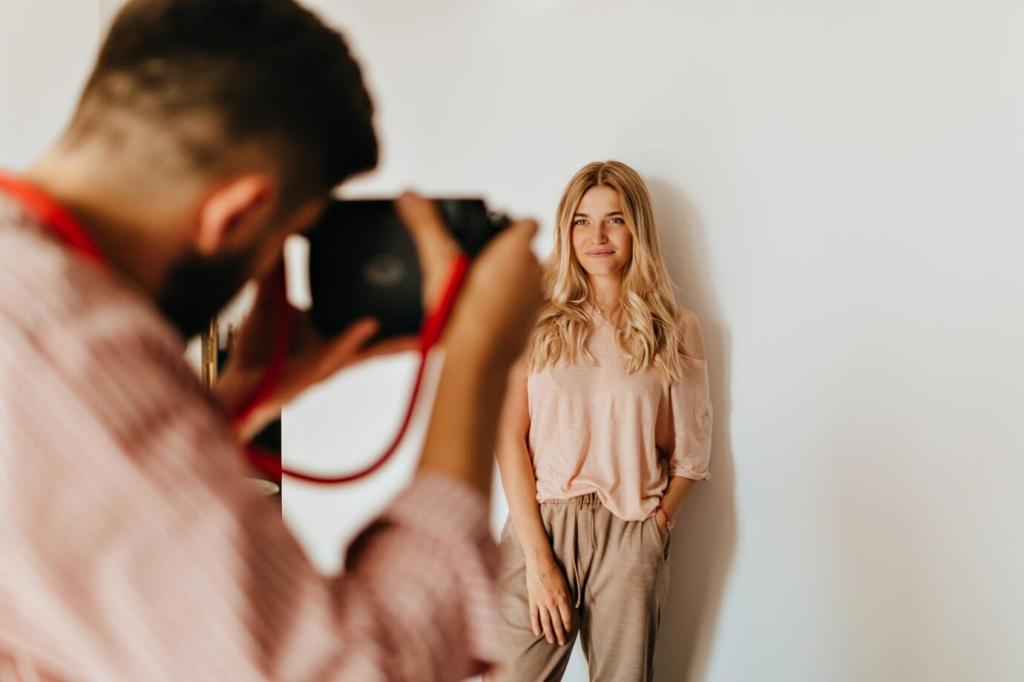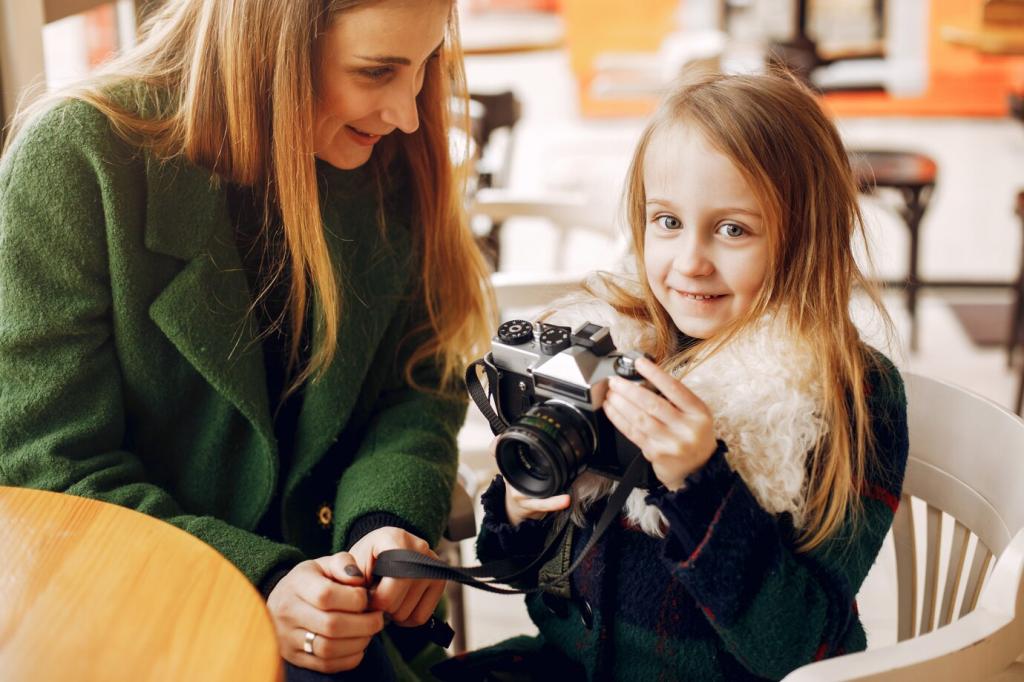Straight Lines, True Stories: Geometry and Perspective
Let automatic tools take a first pass, then refine manually with constraint lines. Mixed-era skylines can confuse algorithms, so human judgment is essential. Preserve intentional convergence when it supports the mood, rather than forcing sterile perfection that feels unlike the place.
Straight Lines, True Stories: Geometry and Perspective
Ultra-wide lenses can stretch faces and street elements at the edges. Use volume deformation or adaptive geometry tools to normalize shapes. This preserves scale without losing the dynamic sweep that pulled you to the corner in the first place on that windy morning.




